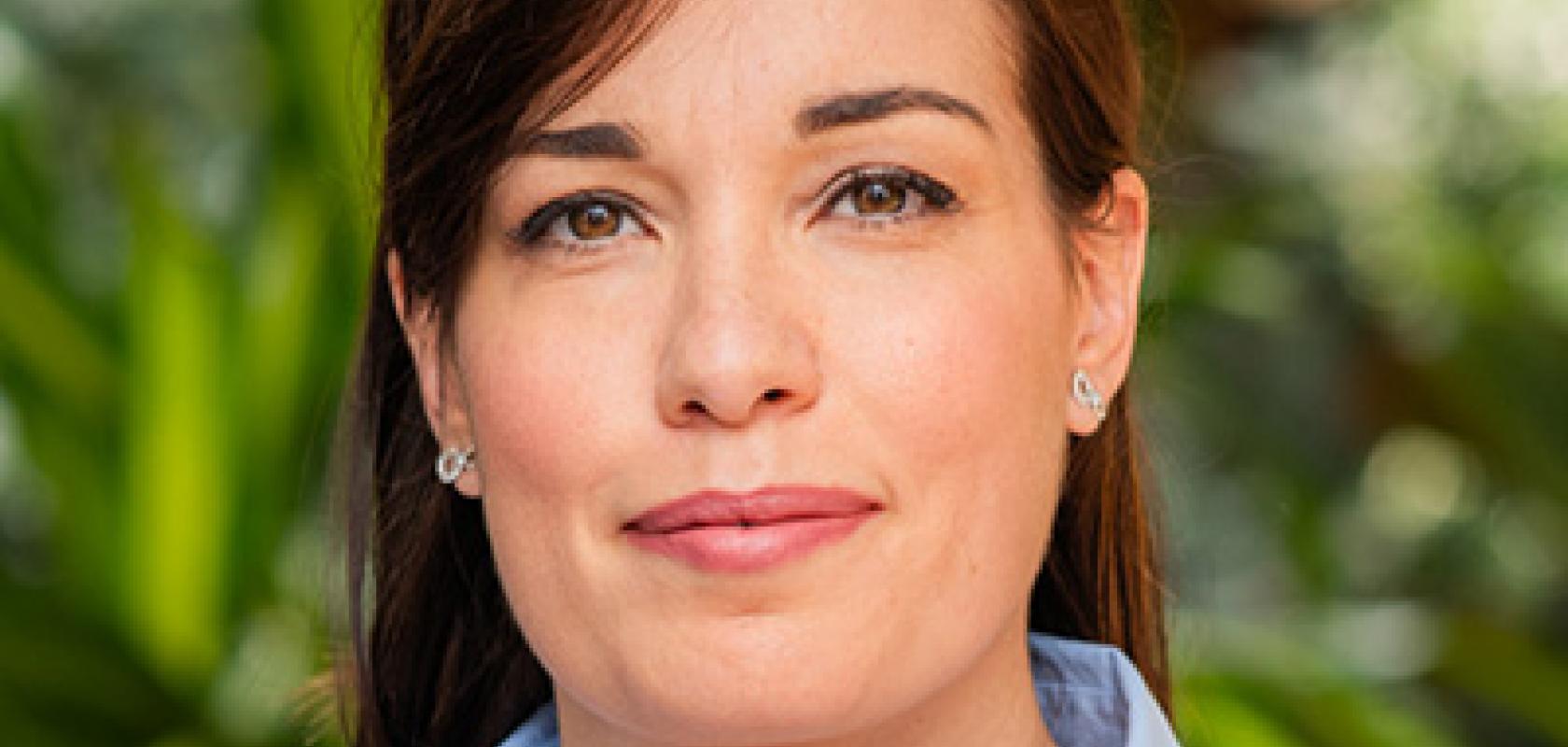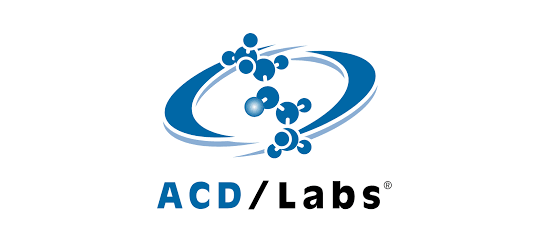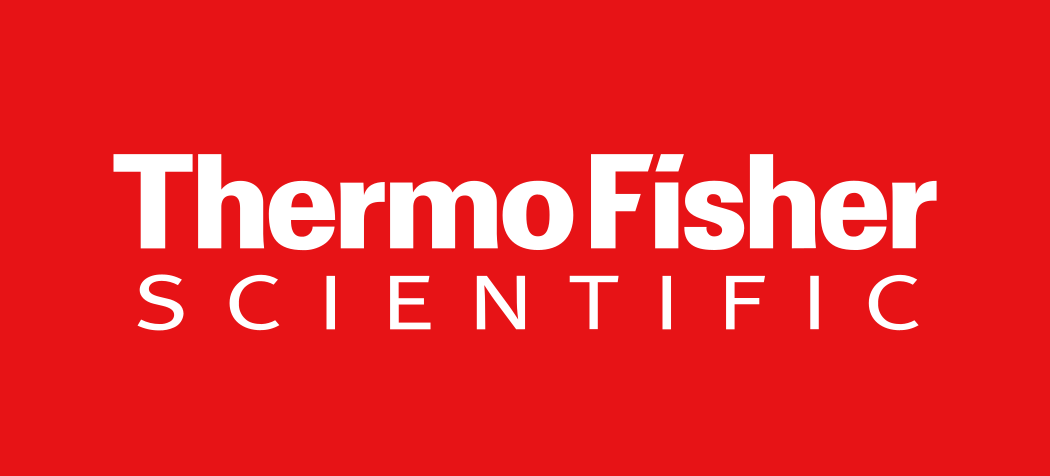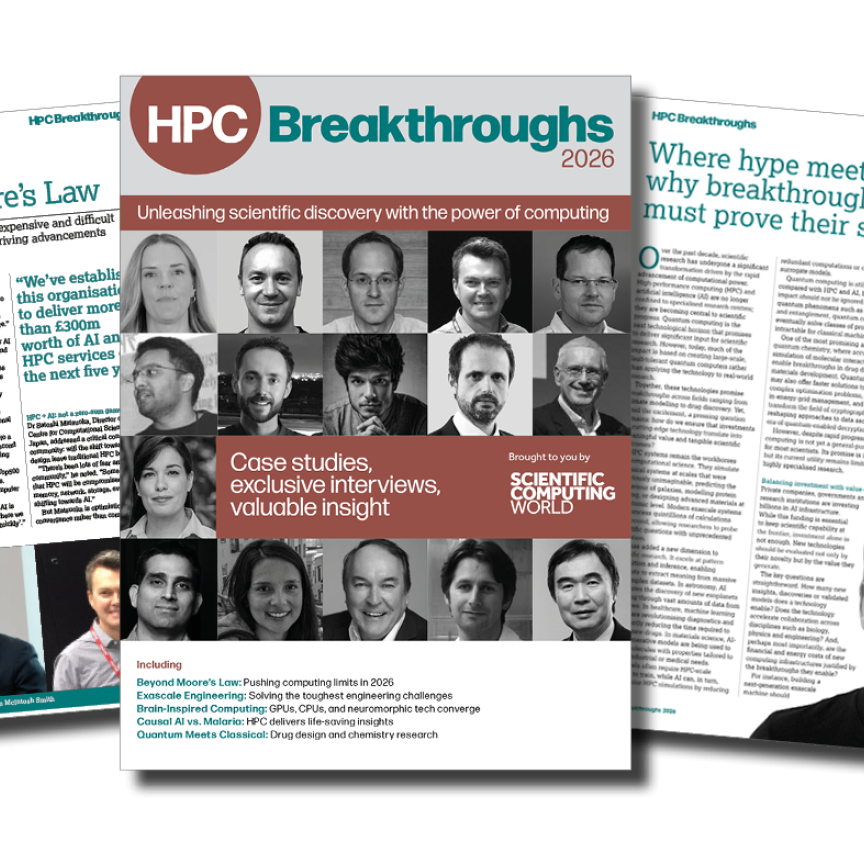Dr Silvia Zorzetti is the Principal Investigator on a multi-year DOE Early Career Award focused on high-efficiency quantum transduction across microwave and optical domains to interface superconducting quantum computing with photonic networks.
This research will pave the way for long-distance communication and make it easier to integrate quantum computing with traditional data centre architecture, such as fibre optics.
Her research aims to help preserve quantum information by focusing on improvements to the methods of transporting it. Zorzetti earned an Early Career Award from the Department of Energy for her research proposal. The award provides $2.5 million over the next five years to support her work. This also includes overseeing the co-design of hardware and software stacks for 3D quantum processors, enabling initial use cases for quantum computing.
Zorzetti played a central role in establishing the first dedicated quantum research laboratory at Fermilab and is now a leading contributor to the Superconducting Quantum Materials and Systems (SQMS) Centre, one of five national centres funded by the US Department of Energy.
In this interview, Dr Zorzetti discusses the laboratory’s role in superconducting quantum computing and its SQMS Centre. She explains how Fermilab’s long-standing expertise in superconducting cavities for particle accelerators laid the foundation for breakthroughs in quantum technologies and highlights the importance of coherence for expanding the computational power of quantum devices and explores the potential of hybrid architectures that combine superconducting qubits with photonic platforms.
To extend the coherence or lifetime of quantum information, researchers at the Superconducting Quantum Materials and Systems Center at Fermilab employ superconducting radio-frequency devices and place the devices into ultra-cold refrigerators. Zorzetti is currently investigating microwave-optical transducers, tools that convert microwave photons into optical photons. She proposes exploring the use of superconducting cavities with long coherence times to enhance conversion efficiency and employing fibre-optic cabling and optical photon counters to prevent information loss.
Can you tell me about yourself and your role at Fermilab?
Zorzetti: I'm an engineer here at Fermilab, which is the US National Laboratory for particle accelerators. We design and build particle accelerators for projects at Fermilab and worldwide. A key component of particle accelerator technology is superconducting cavities. There has been decades of research on those materials. And so the research on quantum computing stems from the research on the superconducting materials for particle accelerators. So it should be obvious that we are focusing on superconducting quantum computing.
In 2017, the lab started to invest in quantum computing. I was there from the very beginning. Around 2020, we received a grant from the US Department of Energy, which funded the establishment of five quantum computing centres. The superconducting Quantum Materials and Systems Center (SQMS), led by Fermi National Accelerator Laboratory, is one of those quantum computing centres.
Why is coherence so important for the development of quantum computing systems?
Zorzetti: The basic concept is that greater coherence allows more operations to be performed on a quantum computer within a given time. Extending coherence is therefore essential to increase the computational volume of a quantum computer. Superconducting cavities are sometimes even referred to as quantum memories, since their coherence times can be extremely long.
It is important to recognise that different physical platforms for quantum computing each have their strengths and weaknesses. Superconducting quantum computing is highly nonlinear, which allows precise control of individual quantum states and makes it well-suited for computation. Other platforms, such as ion traps or bosonic systems, can achieve longer coherence times, which can sometimes last several seconds. This diversity of advantages suggests that the quantum computer of the future may be hybrid: superconducting qubits for computation, complemented by photonic components for state transfer and long-distance communication. Transducers, which convert quantum information between different physical platforms, will play a vital role in such hybrid systems.
What are the limitations of the current technology used in superconducting quantum systems?
Zorzetti: One of the main limitations of superconducting quantum computing is that it is confined within dilution refrigerators. Scaling up to the data centre level, which is part of the roadmap for many companies, requires overcoming this physical barrier. A promising solution is to transmit quantum information over optical fibres, which means converting microwave signals into photonic ones. However, this conversion process is very difficult to achieve efficiently. Currently, it is hindered by noise, making reliable single-photon transmission challenging.
Overcoming this limitation requires advances in materials, better engineering design, and the development of protocols for quantum state transfer. Some of these protocols allow for purification, correcting the effects of noise to recover useful quantum information. The bottleneck is largely in the materials, but also in the limited scale of current research efforts. Most work on transducers is carried out by small academic groups or small teams such as mine, while industry is watching closely to see which approaches prove most promising.
There is currently no single best method for quantum transduction. For example, some approaches rely on acoustic waves, which are very noisy but very fast, allowing conversion of a small fraction of photons at high rates. Our approach is instead to attempt a single, high-quality conversion with much higher efficiency, aiming to reach 50 per cent in one step. This is extremely challenging, as it requires much purer materials than are currently available, but it offers the potential for significantly lower noise.
The good news is that we already have a working transducer. Theory shows that efficiencies of up to 50 per cent are possible, and this figure is widely accepted as the minimum threshold for a useful quantum transducer. In other words, at least half of the photons must be converted for practical applications. With the resources available, we are working to improve materials and designs to approach this limit, while collaborating with other groups to share knowledge and refine current demonstrations.
How important is collaboration to these challenges that include physics, computational science and materials development?
Zorzetti: Collaboration is essential. Building a quantum computer is an enormous challenge that no single institution can tackle alone. This is why the Department of Energy established the five quantum centres: to build ecosystems of institutions working together towards shared goals. SQMS focuses on superconducting materials, while the other centres address different aspects of the problem. Our collaborators include both academic and industrial partners, each bringing complementary expertise and facilities.
At present, the main focus of the superconducting qubit ecosystem is on increasing coherence and gate fidelity. The next stage is to achieve these improvements in multi-qubit systems and circuits, rather than just for individual qubits. Building large-scale quantum data centres will require thousands of logical qubits. This means not only improving single-qubit fidelity but also reducing noise in interconnections and developing software that can manage complex systems.
If quantum information can be reliably converted into optical fibre, large-scale quantum data centres will become both economically and practically feasible. Alongside this challenge of microwave-to-optical conversion, parallelisation will also be essential. Communication qubits, which link subsystems, will inevitably have the lowest coherence and fidelity, creating a bottleneck. The solution is to design architectures where many subcircuits perform operations in parallel, with only a small part of the process relying on communication qubits. Optimising algorithms and architectures for parallel quantum computing will therefore be a key part of future development.
Silvia Zorzetti is a Principal Engineer and Department Head at Fermilab







